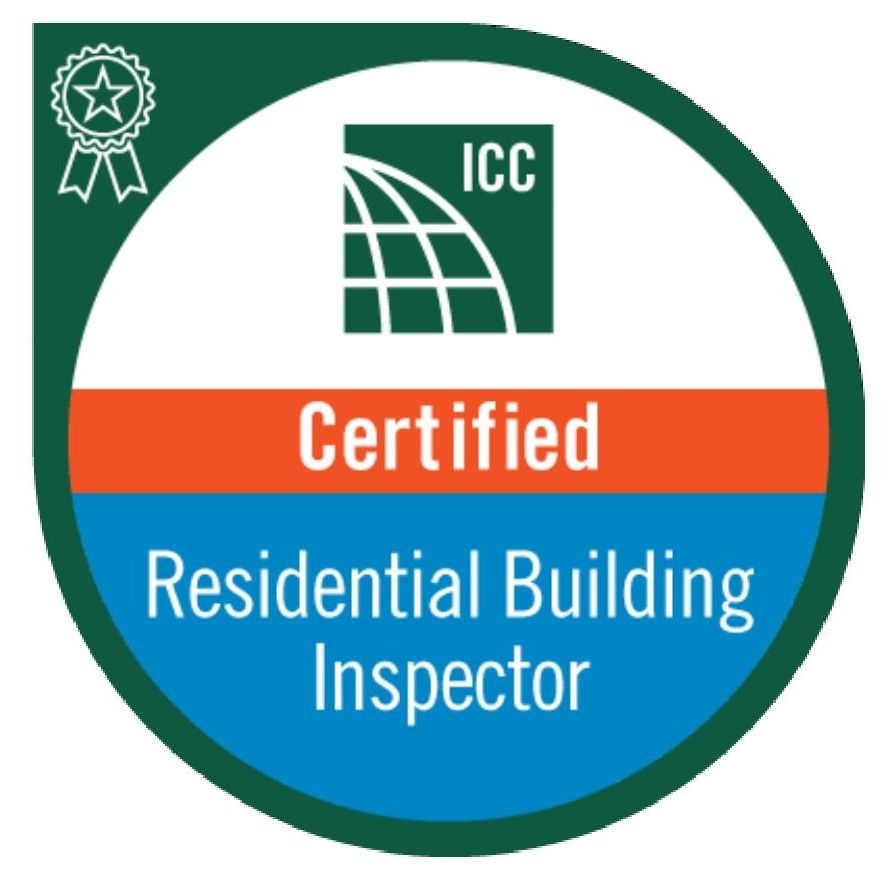What Factors Contribute To Foundation Settlement?
As a homeowner, you strive to ensure your houses stand on solid ground, but despite your best efforts, the ground beneath you can sometimes shift and settle. This scenario often leads to a common but serious issue known as foundation settlement. It's a problem that can compromise the structural integrity of a home, leading to a cascade of complications that no property owner wants to face.
But what causes a house to succumb to such shifts? Let's dive into the myriad factors that contribute to foundation settlement, unraveling the enigmatic forces of nature and human influence that can impact the stability of our homes.
Poor Soil Compaction and Consolidation
Builders typically bring in fill soil from elsewhere to level the site before laying a house's foundation. This newly excavated soil, however, may be less dense and more prone to shifting than the original soil and will need to be compacted to bear the weight of the house above.
For optimal results, the filled earth should be compacted to its highest possible dry density. Contractors should avoid digging deeper holes than necessary and use appropriate techniques to compact the backfilled dirt. There should be an additional layer of plum concrete at the bottom of the base to give stability when compaction is impossible owing to lack of room.
Consolidation is to compact or reinforce the ground to bear the structure's weight. Soil settlement and instability can result from poorly compacted or uncompacted soil.
Inadequately compacting the fill dirt can cause settlement problems. Sinking and uneven foundations could result from the loose soil compressing beneath the building's weight. This may contribute to fractures in the foundation, walls, and flooring of the residence, jeopardizing its structural integrity.
Changes in Soil Moisture Content
Soil moisture fluctuations can have a major effect on the steadiness of a building's base. Foundation settling and possible structural damage can occur as a result of water's influence on the soil in a number of different ways.
The first and most evident way is through soil moisture and softening. Because of their high water retention capacity, clay soils are especially vulnerable to this issue. Significant water can seep into the soil around a house during excessive rainfall or snowmelt. The softened clay from too much water acts as a weak point in the foundation. This causes the foundation to settle and the house to sink.
On the other hand, problems can arise from a lack of moisture due to extended drought or hot weather. Drying clay soils contract, leaving gaps between the ground and the structure's foundation. When this occurs, the foundation can settle, producing fractures and other structural problems.
Poor drainage, like clogged gutters or incorrect soil grading, can also cause shifts in moisture content. Clay soils become soft when water pools around a house, which leads to settlement. The soil might get saturated due to plumbing leaks or faulty water lines, reducing its load-bearing ability and making the home sink. This is most common when a drain line is compromised, and aside from structural changes in your foundation, a sewer line leak can go unnoticed for years
Vegetation
Trees and vegetation can cause foundation settlement via their roots. When soil moisture is scarce, tree and plant roots will go deeper into the ground to find some. As a result, the soil loses its compactness and begins to settle. Because of their proximity to the ground's surface, shallow foundations are more susceptible to this.
In addition, tree roots have a propensity for expanding and growing, sometimes even beneath the base. While doing so, they may dislodge or otherwise disturb the soil, leading to displacement and subsequent uneven settlement.
This can potentially cause a domino effect, threatening the integrity of the entire building. Tree roots may continue to develop and draw moisture from the soil around them, which can dry it out and diminish deep foundations.
Shallow foundations are more vulnerable to plant growth since the root density is closest to the ground. The destructive potential of plants varies with their species. Larger trees with deeper root systems can cause more damage to buildings than their smaller counterparts.
Is your residence's foundation experiencing problems? Contact us at
Risen Foundation Solutions for foundation repair and maintenance services in
San Antonio and South Central Texas.
For a local San Antonio Foundation Company, look no further than Risen Foundation Solutions. Call our office to schedule your foundation inspection today!

















